
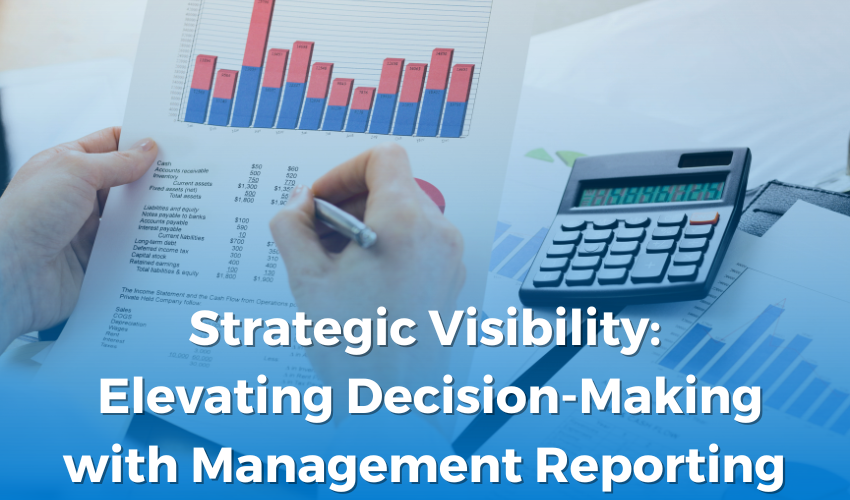
15-12-23
In the dynamic landscape of business, where change is the only constant, organizations strive to make informed decisions that align with their strategic goals. The ability to gather, analyze, and interpret relevant data is crucial for staying ahead of the curve. This is where the concept of strategic visibility comes into play, and one of its key enablers is effective management reporting.
Understanding Strategic Visibility:
Strategic visibility refers to the comprehensive understanding of an organization's internal and external environment, providing decision-makers with insights to make informed choices. It involves the collection and analysis of data from various sources, transforming it into actionable information that supports the formulation and execution of strategies.
The Role of Management Reporting:
Management reporting is the process of generating and communicating relevant information to key stakeholders within an organization. It goes beyond simple data compilation, aiming to present insights that facilitate strategic decision-making. By providing a snapshot of key performance indicators (KPIs), financial metrics, and operational trends, management reporting offers a bird's-eye view of the organization's health.
Key Components of Effective Management Reporting:
Clarity and Simplicity:
Management reports should be clear and easy to understand. Overly complex reports can lead to confusion and hinder decision-making. Using visual aids such as charts and graphs can enhance clarity and simplify complex data.
Timeliness:
In the fast-paced business world, timely information is crucial. Management reports should be generated and distributed in a timely manner, allowing decision-makers to respond promptly to emerging trends or issues.
Alignment with Strategic Objectives:
The data presented in management reports should be directly related to the organization's strategic goals. This alignment ensures that decision-makers focus on information that is critical to the success of the business.
Customization for Different Audiences:
Different stakeholders have different information needs. Effective management reporting tailors information to the specific requirements of various audiences, such as executives, department heads, or project managers.
Historical Context:
Understanding current performance requires insight into historical trends. Management reports should provide a historical context, allowing decision-makers to identify patterns and trends over time.
Benefits of Strategic Visibility through Management Reporting:
Informed Decision-Making:
Strategic visibility enables decision-makers to make well-informed choices based on a holistic understanding of the organization's performance. This reduces the risk of making decisions in isolation or without considering the broader context.
Proactive Problem Solving:
Timely access to relevant information empowers organizations to proactively address challenges. Management reporting identifies potential issues before they escalate, allowing for proactive problem-solving and risk mitigation.
Resource Optimization:
By providing insights into resource utilization and efficiency, management reporting supports the optimization of resources. This includes financial resources, human capital, and operational assets.
Adaptability to Change:
Strategic visibility through management reporting equips organizations to respond effectively to changes in the market, industry, or internal dynamics.
Enhanced Communication:
Clear and concise management reports facilitate effective communication within the organization. This shared understanding of key metrics and performance indicators aligns teams and departments towards common goals.
Challenges and Considerations:
Implementing effective management reporting is not without its challenges. These may include data quality issues, resistance to change, and the need for advanced analytics capabilities. Organizations must invest in robust data governance practices, training programs, and technology solutions to overcome these hurdles.
Conclusion:
Strategic visibility is a cornerstone of successful decision-making in the business world. Through the lens of management reporting, organizations gain the ability to navigate complexities, identify opportunities, and address challenges. As technology continues to advance, the integration of artificial intelligence and predictive analytics into management reporting will further enhance its capabilities. Embracing strategic visibility through effective management reporting services in usa is not just a competitive advantage; it is a necessity in today's ever-evolving business landscape. Organizations that prioritize and invest in this capability will position themselves for sustained success in the years to come.
Tags : Management Reporting services


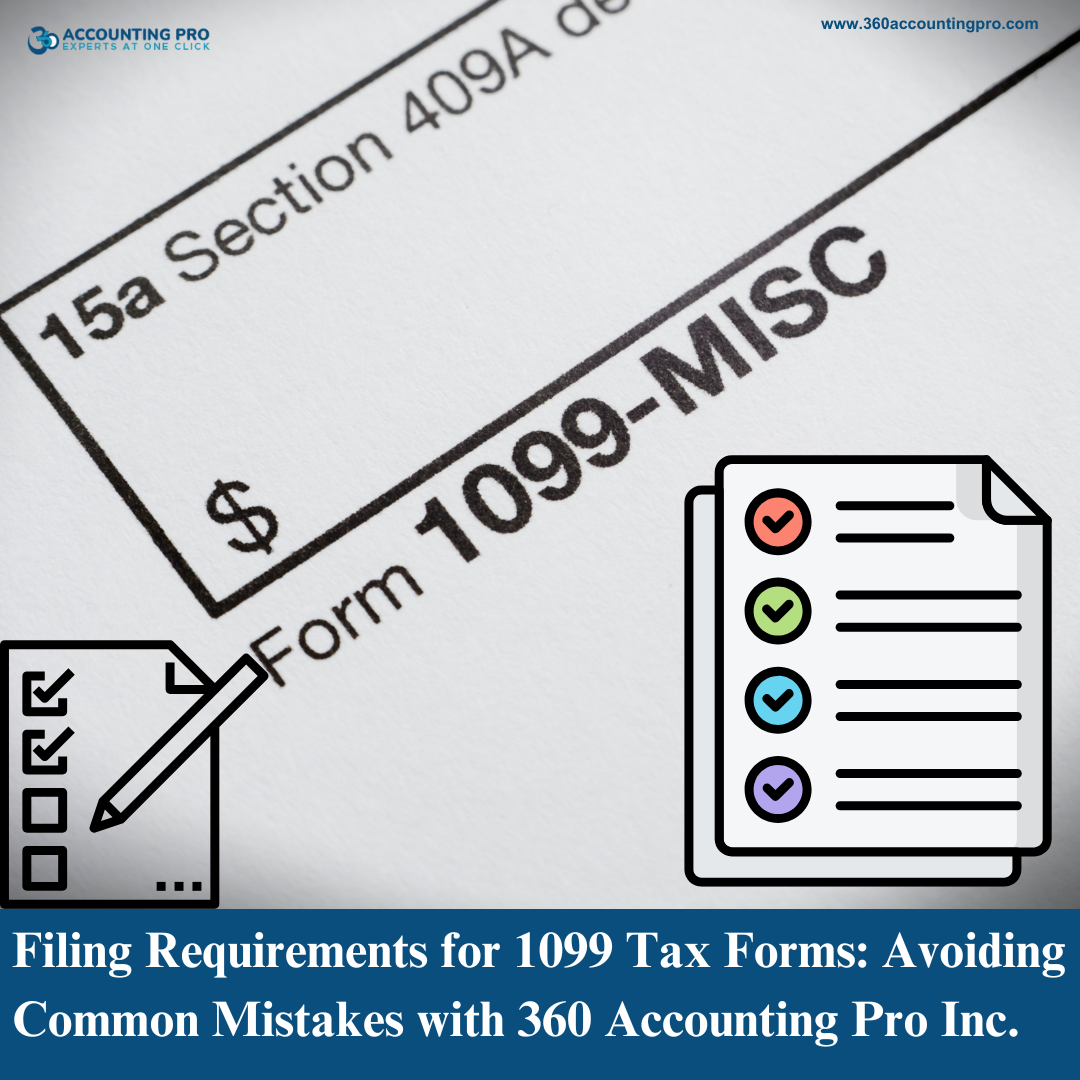



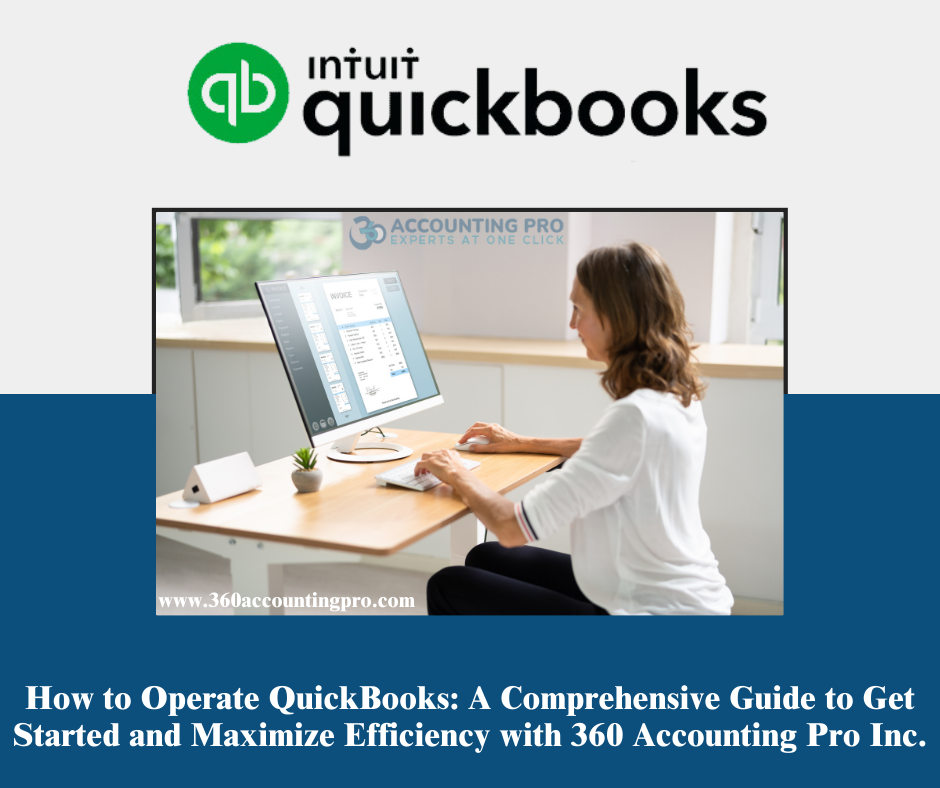

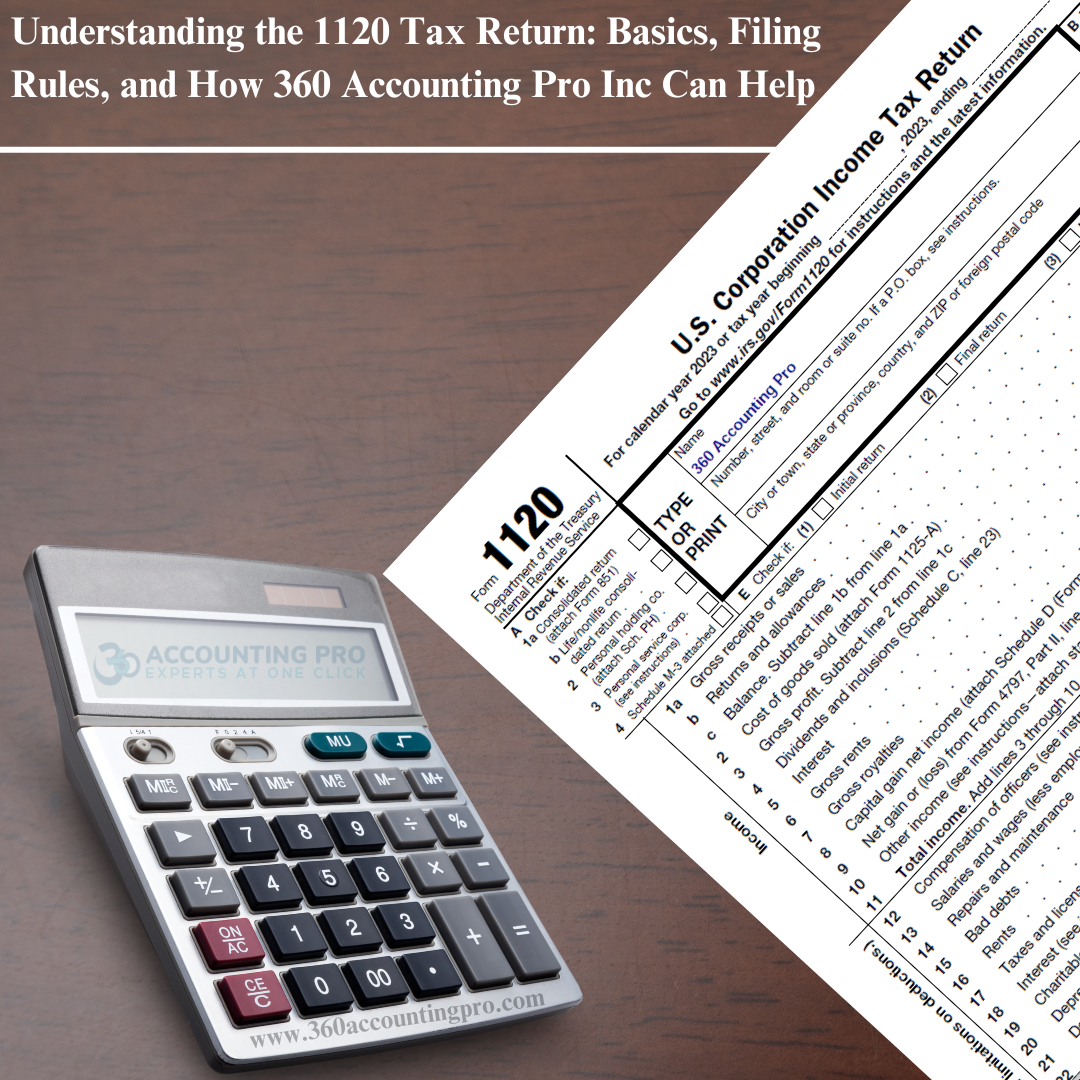
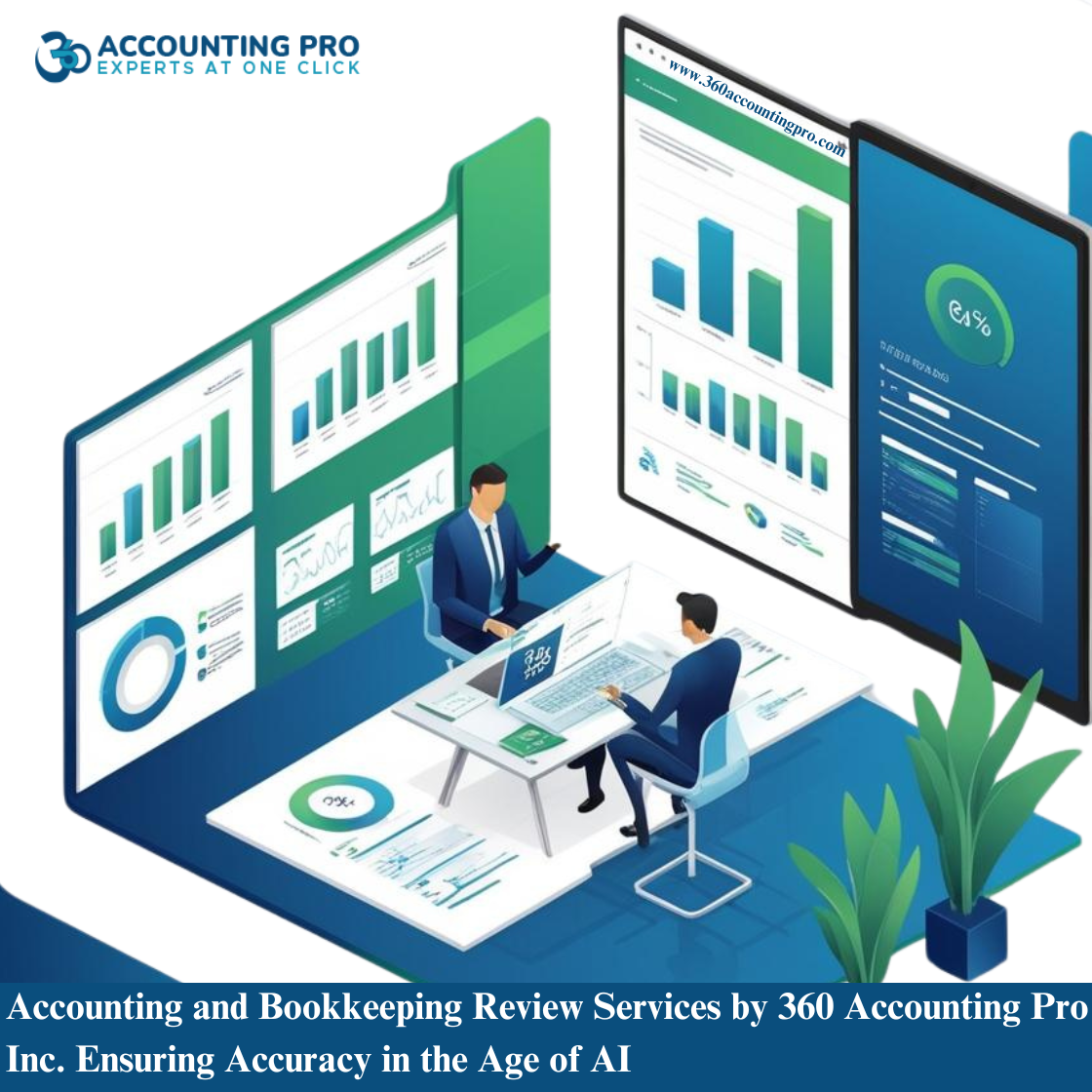











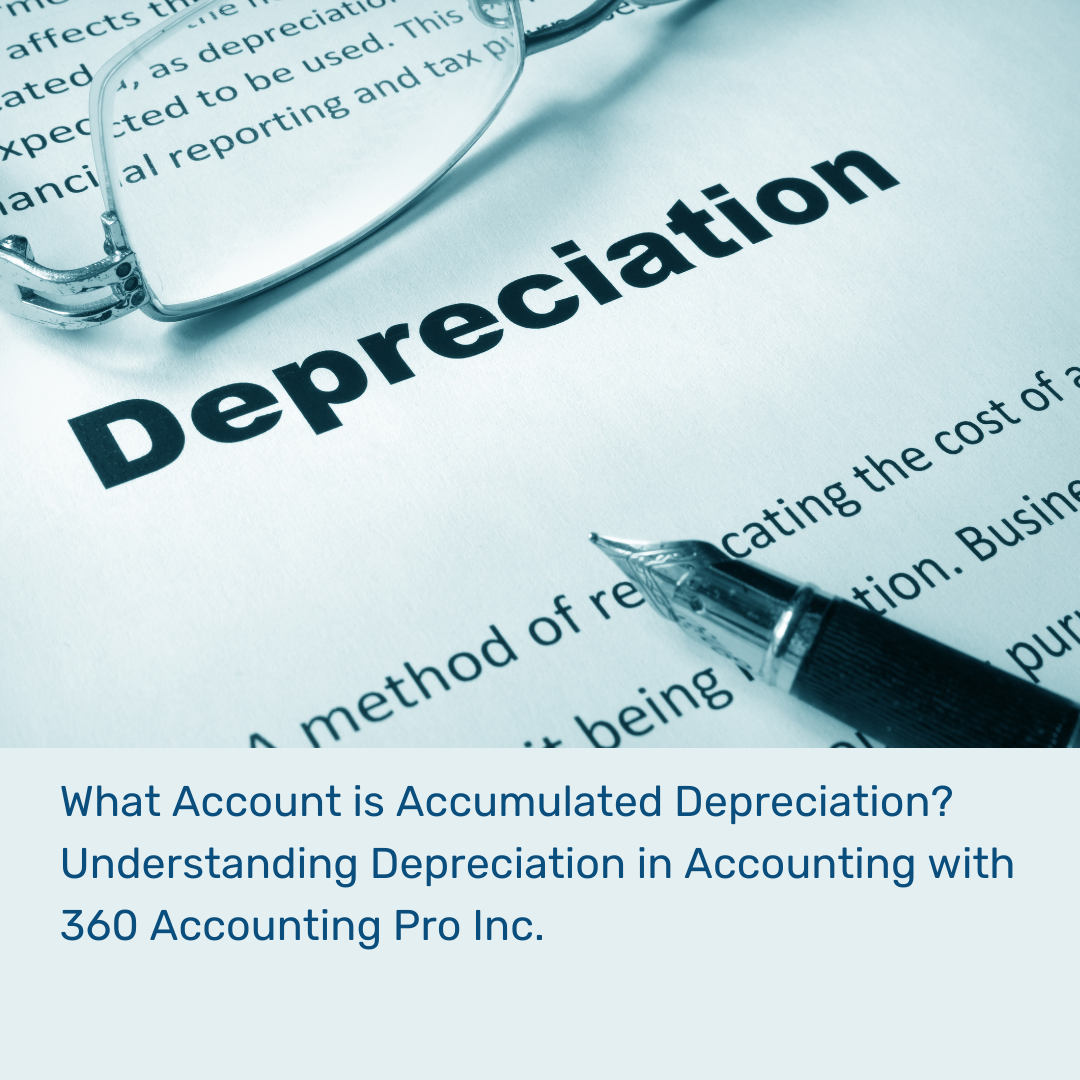
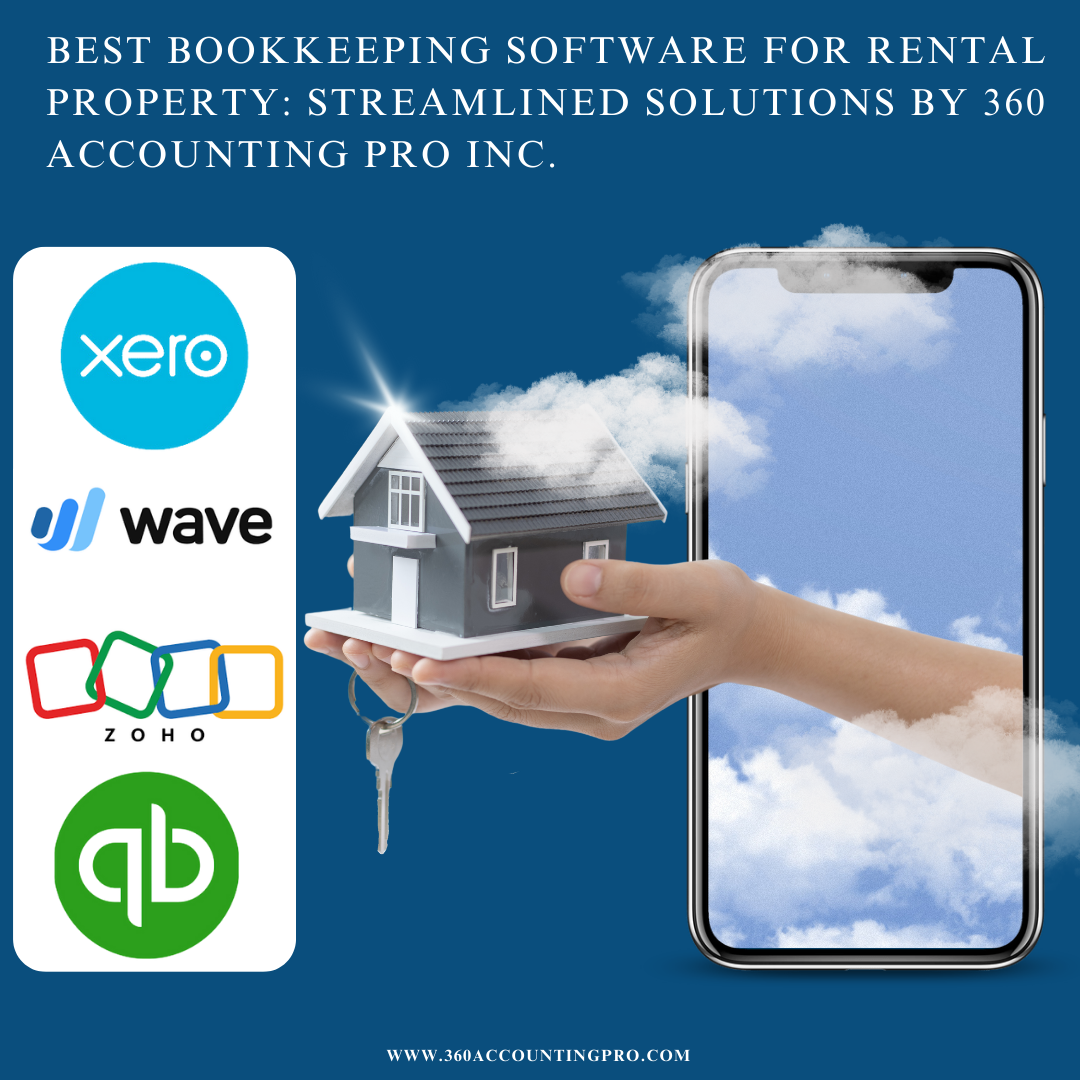
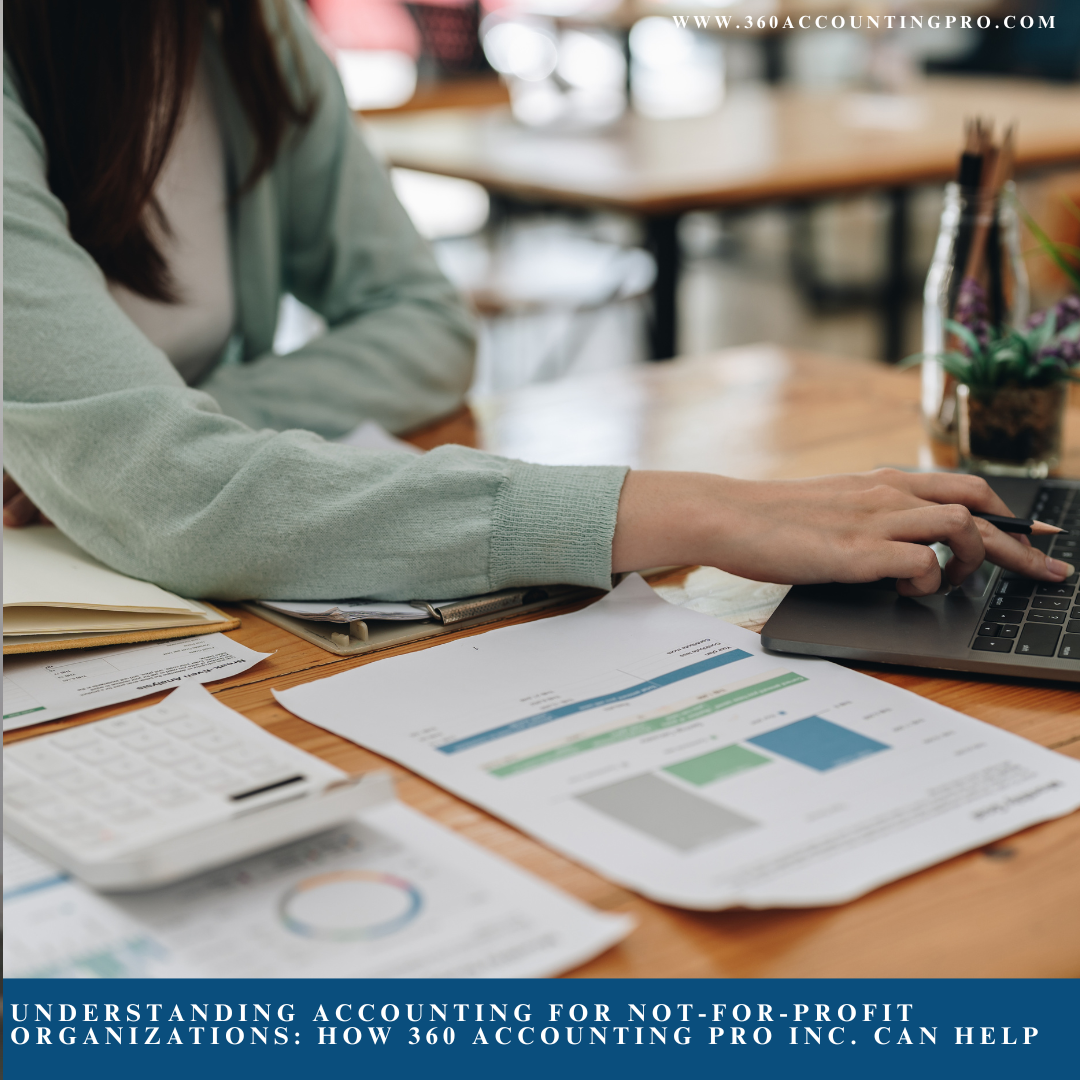

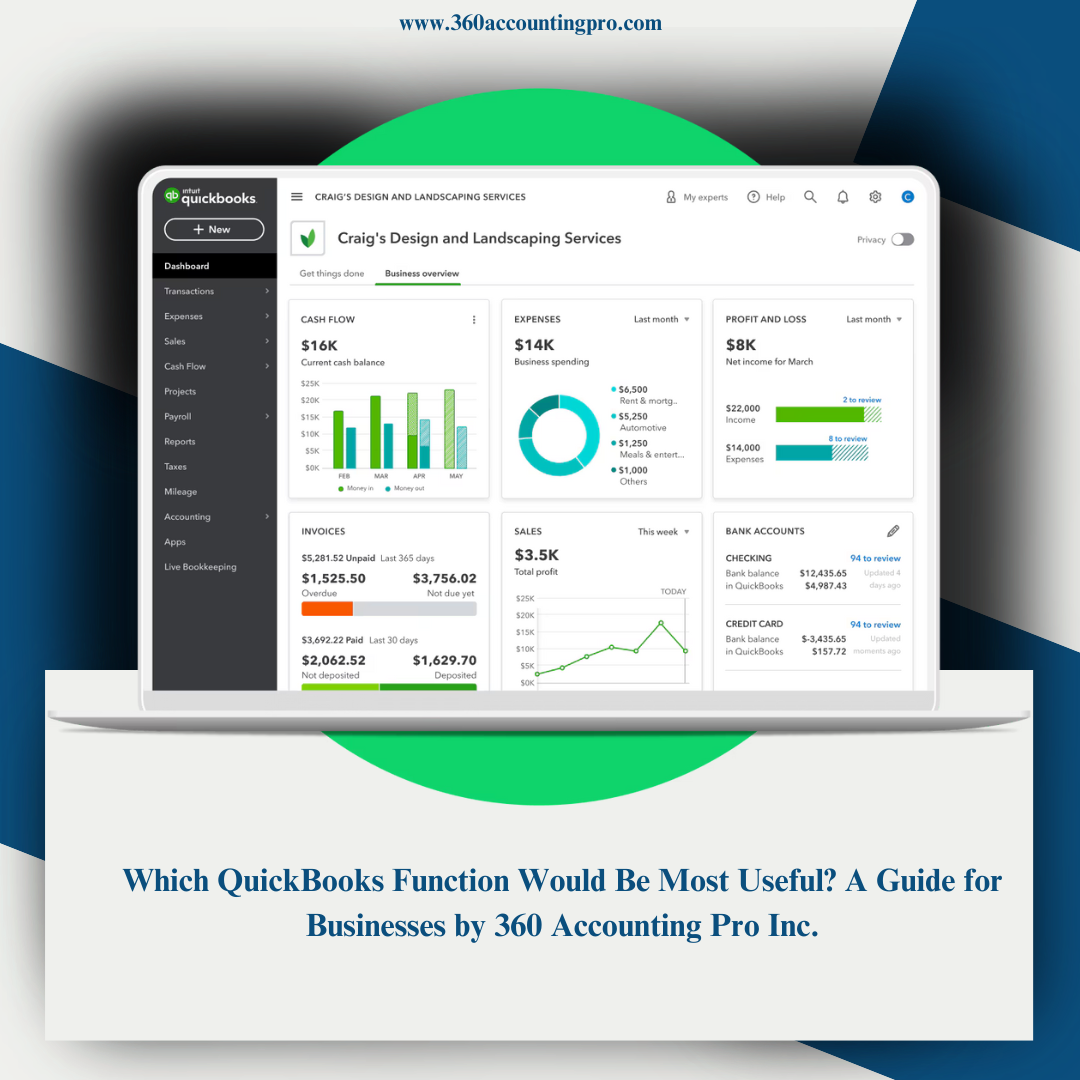
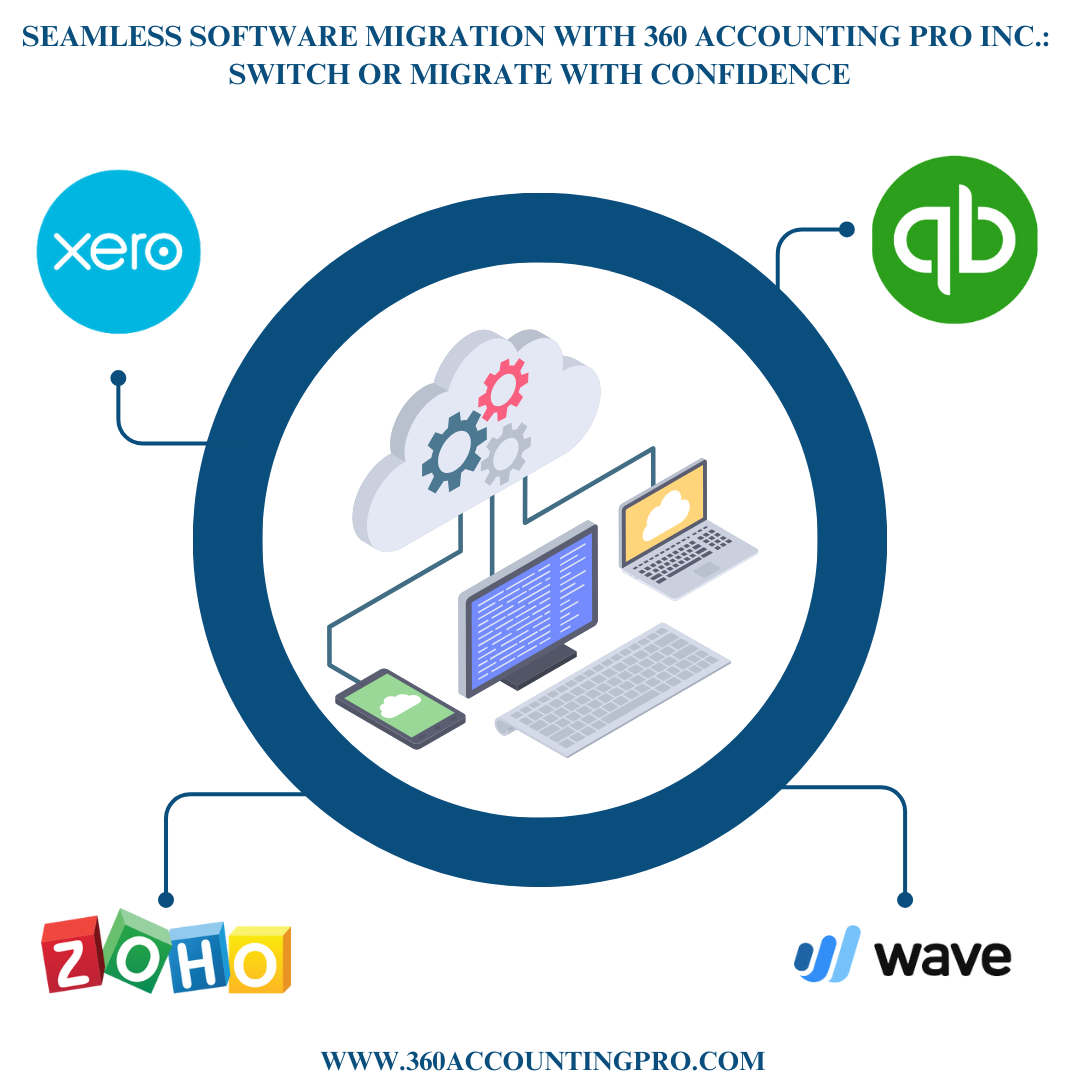
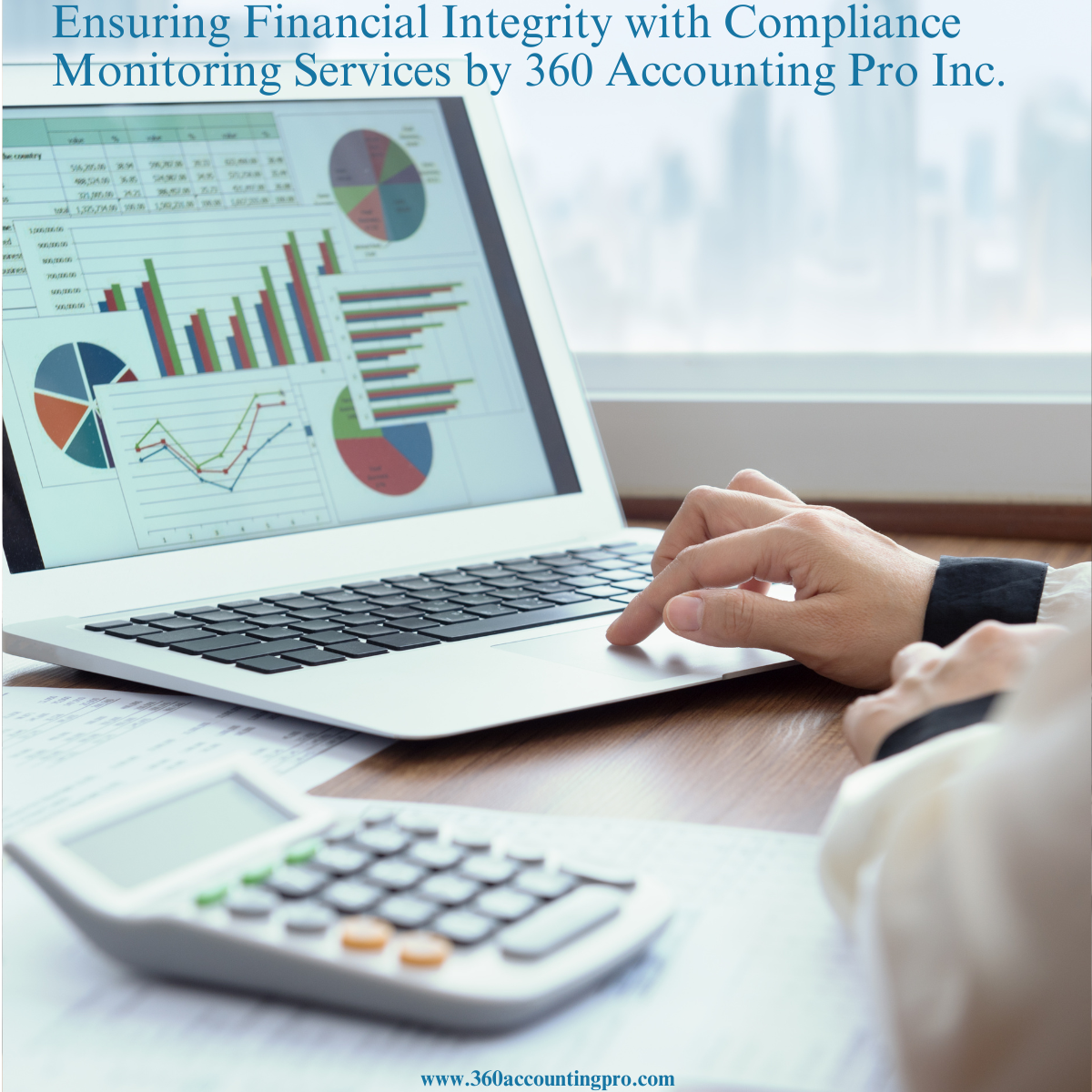









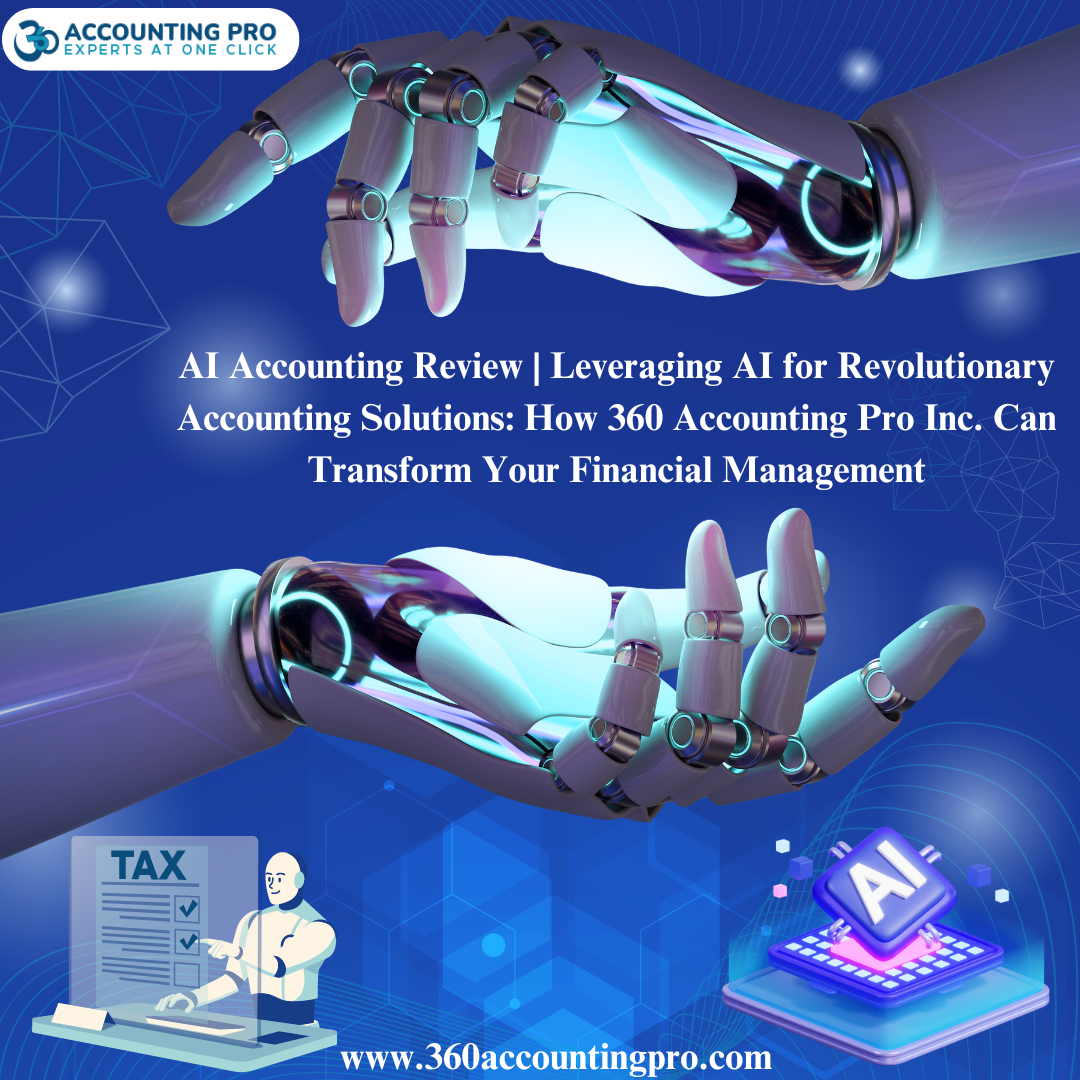

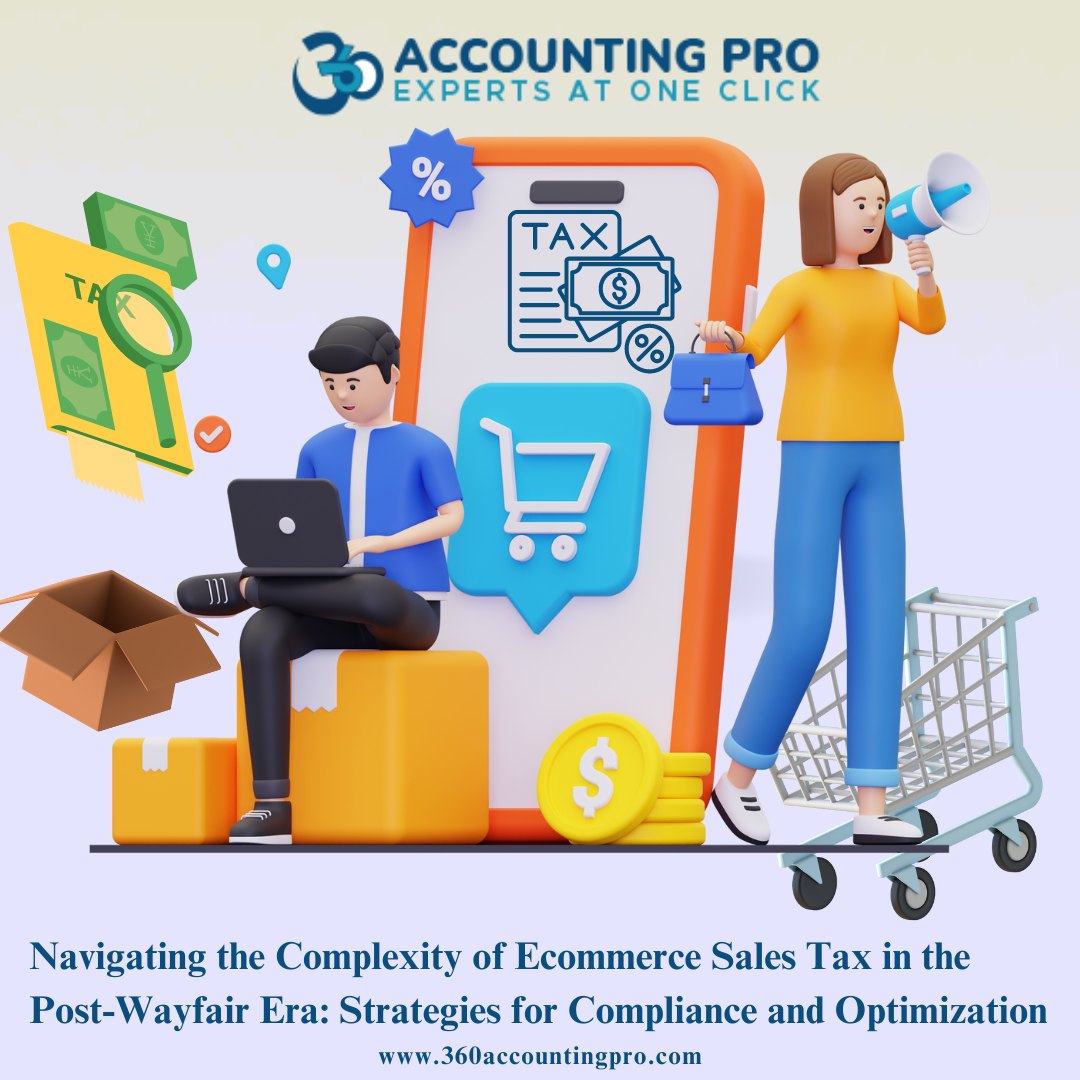

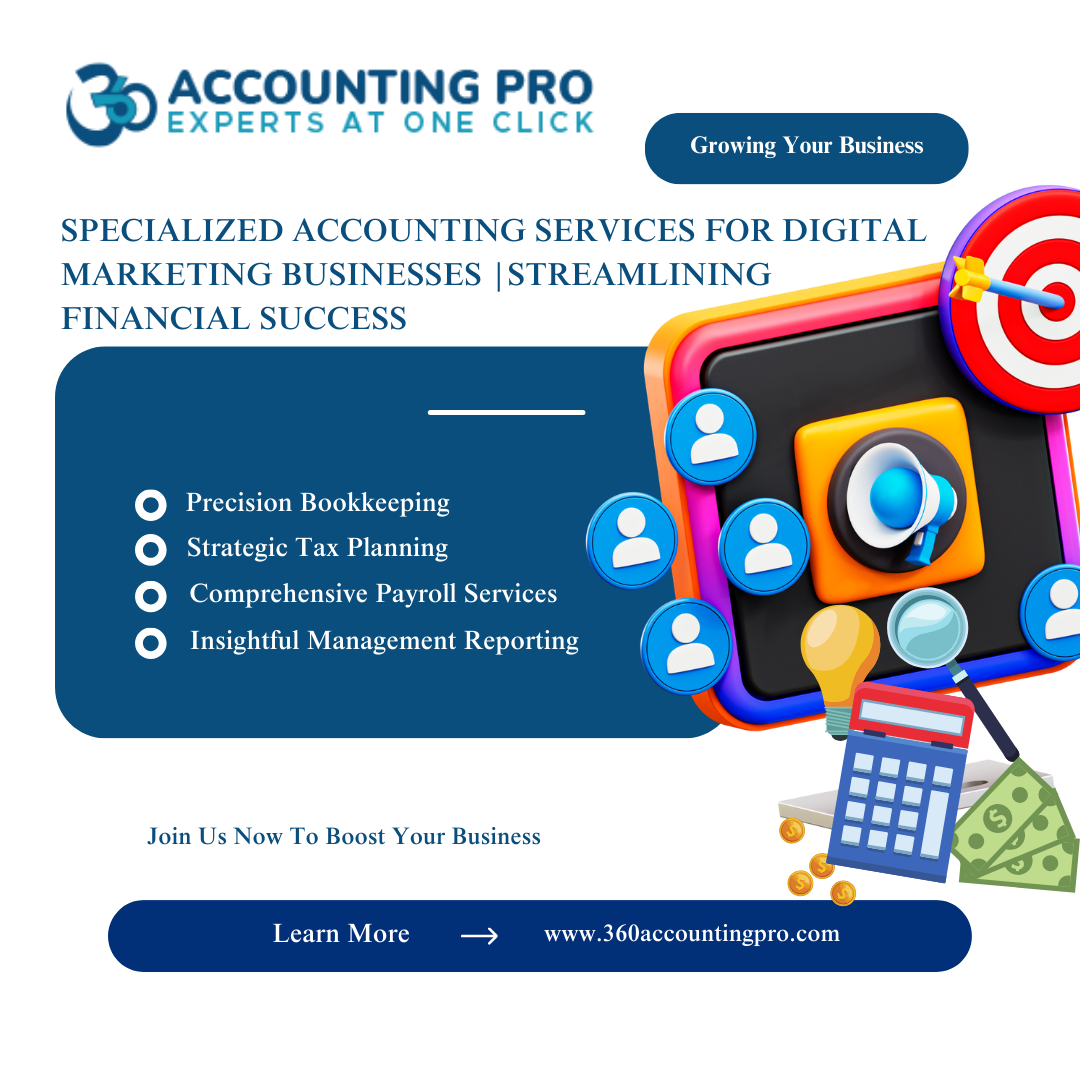

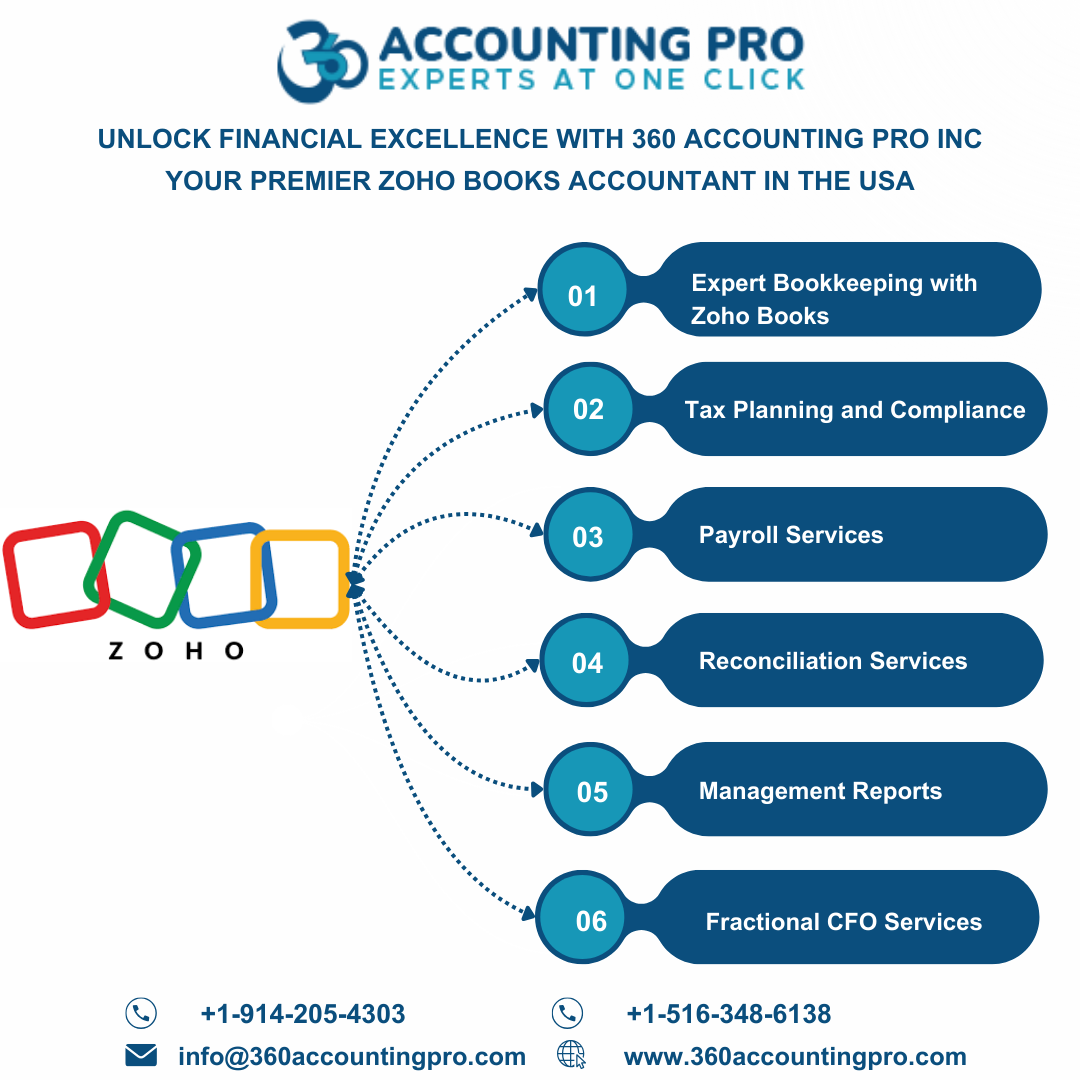

.jpg)
.jpg)
.jpg)
.jpg)


).jpg)


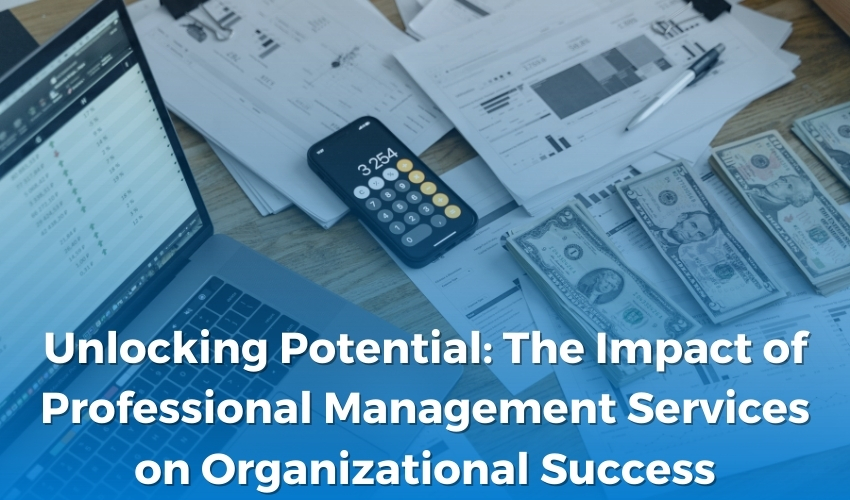
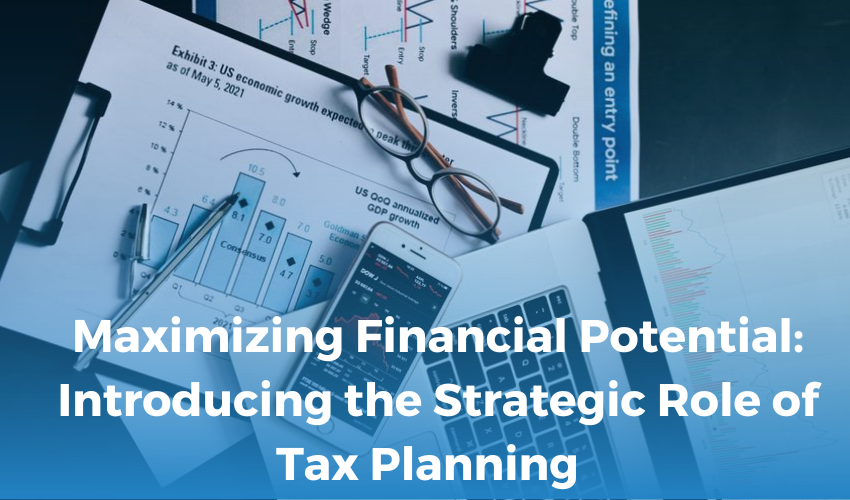

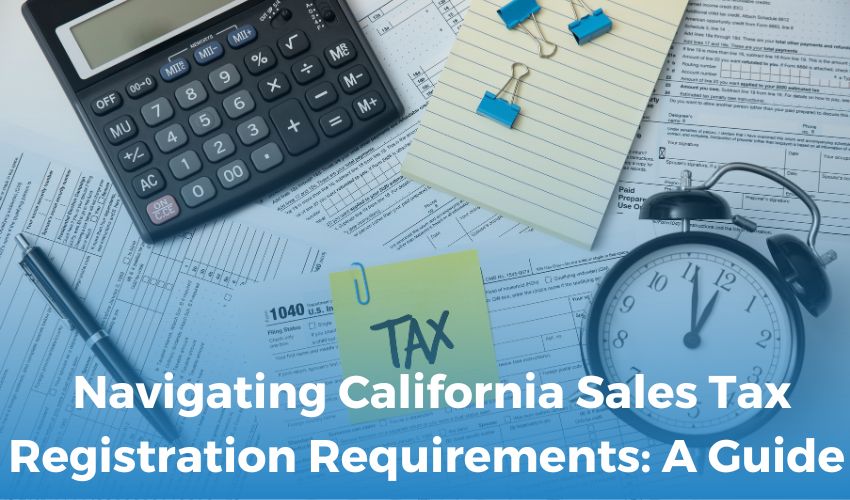

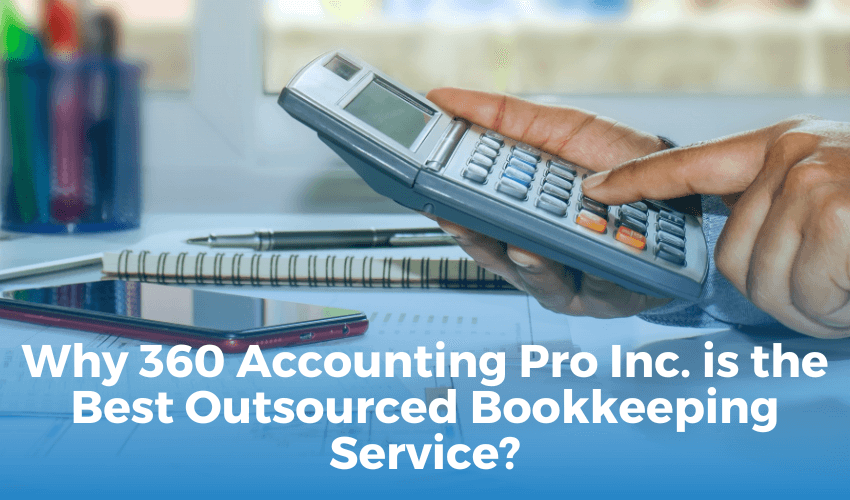
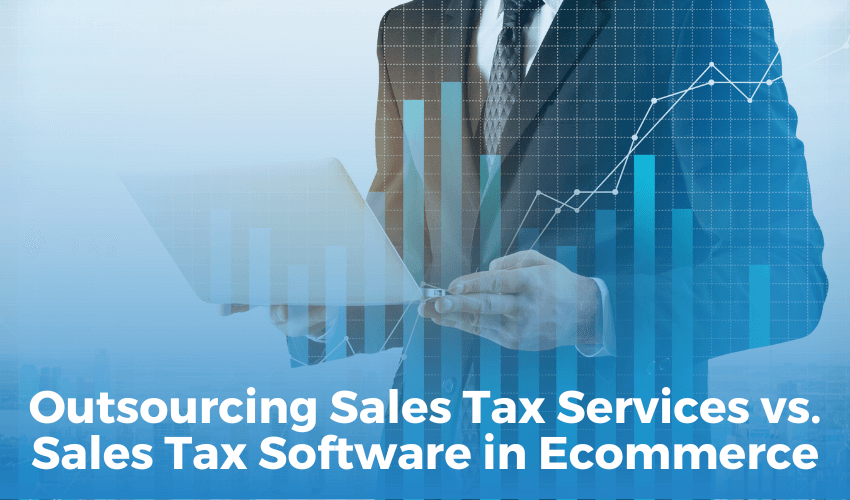



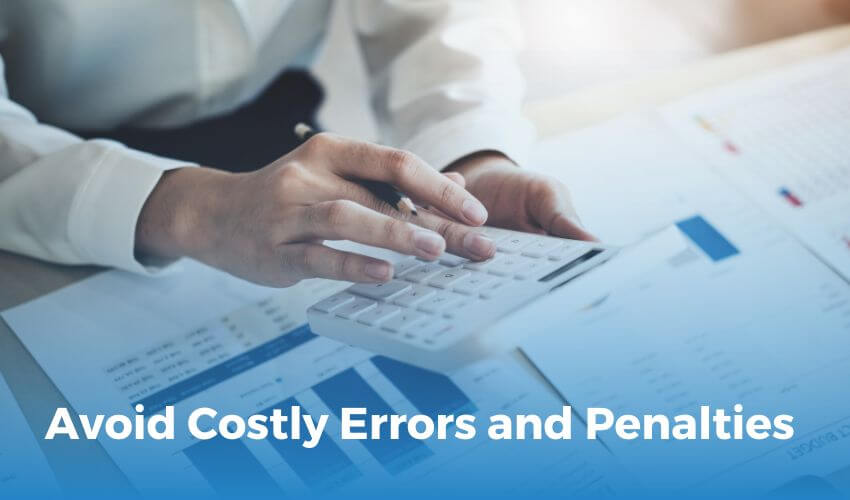

 Get A Quote
Get A Quote
Leave A Comment